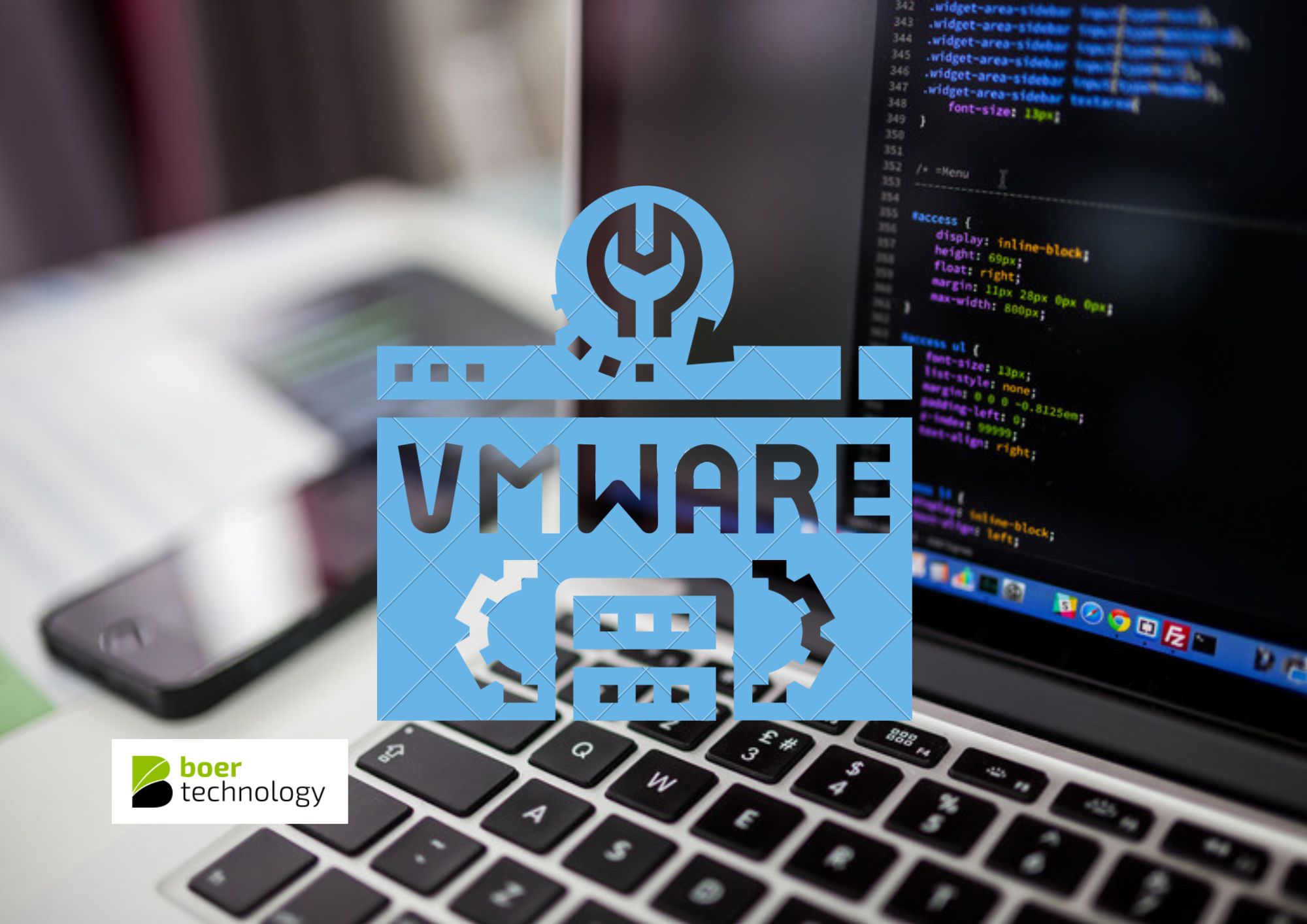Securing Your Virtual World: A Guide to VMware Backup & Recovery
In the ever-evolving landscape of IT, virtualization has become a cornerstone for organizations seeking efficiency, scalability, and agility. VMware, a leading provider of virtualization and cloud computing software, has been at the forefront of this revolution. As businesses increasingly rely on VMware to run their critical workloads, ensuring data protection and recovery becomes paramount. In this article, we explore the significance of VMware backup and recovery and how it helps safeguard the virtual environments on which modern organizations depend.
The Virtualization Revolution
Virtualization has fundamentally transformed the IT infrastructure landscape. Instead of relying on traditional physical servers, organizations now utilize virtual machines (VMs) to run their applications and services. VMware, with its industry-leading platform VMware vSphere, has been instrumental in enabling this transformation. VMware vSphere provides a robust, reliable, and scalable virtualization environment, but like any technology, it is not immune to data loss and system failures.
The Importance of Backup and Recovery
In the world of virtualization, data is everything. From critical applications to sensitive customer information, losing data can be a catastrophic event. Backup and recovery solutions are a critical part of any IT strategy, but in a VMware-based environment, they come with unique challenges. Traditional backup methods designed for physical servers are often ill-suited for the dynamic nature of virtualized environments.
VMware backup and recovery solutions are specifically designed to address these challenges. They offer a range of features and capabilities tailored to the virtual world, ensuring data availability and business continuity. Here are some key aspects of VMware backup and recovery:
-
Agentless Backup: VMware backup solutions often work without the need for agents on each VM. This reduces overhead and simplifies the backup process, making it more efficient and scalable.
-
Granular Recovery: These solutions allow for granular recovery, meaning you can restore individual files or even applications from a VM backup without having to restore the entire machine.
-
Snapshot Technology: VMware's snapshot technology allows for point-in-time copies of VMs, which can be crucial for recovery. Snapshots provide a quick way to revert to a previous state in case of data corruption or failure.
-
Integration with VMware Infrastructure: VMware backup solutions are integrated with vSphere and other VMware products, streamlining the management and recovery processes.
-
Offsite and Cloud Backup: Many VMware backup solutions offer the ability to store backups offsite or in the cloud, enhancing data redundancy and disaster recovery capabilities.
Business Continuity and Disaster Recovery
VMware backup and recovery solutions play a vital role in business continuity and disaster recovery (BCDR) planning. In the event of data loss, hardware failure, or other disruptions, a well-executed BCDR strategy ensures that business operations can resume as quickly as possible. VMware solutions, when coupled with appropriate backup strategies, enable organizations to minimize downtime and data loss, safeguarding their reputation and customer trust.
Choosing the Right VMware Backup Solution
Selecting the right VMware backup and recovery solution is a crucial decision. The market offers a variety of options from different vendors, each with its own strengths and features. When making this choice, consider the following factors:
-
Scalability: Ensure that the solution can grow with your organization. As your virtual environment expands, your backup solution should be able to accommodate the increased workload.
-
Ease of Management: Look for a solution that provides a user-friendly interface for backup configuration and monitoring. Centralized management simplifies the backup process.
-
Compatibility: Verify that the solution is compatible with your specific VMware environment and any other virtualization technologies you may be using.
-
Recovery Speed: The ability to quickly recover data is crucial. Evaluate the recovery speed and how it aligns with your business's recovery time objectives (RTOs).
-
Security: Data security is paramount. Ensure that the solution offers encryption and other security features to protect your backup data.
Conclusion
In today's digital landscape, data is the lifeblood of organizations. VMware backup and recovery solutions are a vital component of any virtualization strategy. They provide a safety net for critical data, ensuring that in the face of hardware failures, data corruption, or other disasters, businesses can quickly and efficiently recover and resume operations. As virtualization continues to shape the modern IT world, VMware backup and recovery solutions become an essential tool in safeguarding the virtual environments that organizations rely on to thrive and innovate.

